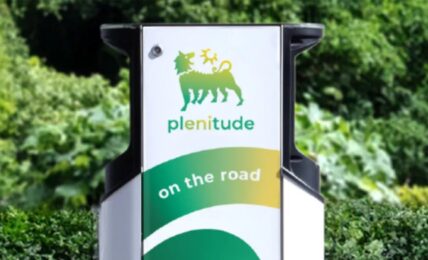Australia’s Albanese government announced the launch of a new “Hydrogen Headstart” program, with plans to invest $2 billion (USD$1.4 billion) to drive the development of the Australian renewable hydrogen industry.
The planned investment was announced with the release of the government’s 2023-24 budget, which allocated more than $4 billion to clean energy-focused programs and initiatives, targeting areas including green hydrogen, industrial decarbonization, and residential energy efficiency.
Australia’s clean energy-focused budget follows the establishment into law by the Albanese government last year of Australia’s climate goals, including its targets to reduce greenhouse gas emissions by 43% by 2030, compared to 2005 levels, and to achieve net zero by 2050, and comes as major economies worldwide are gearing up to capitalize on the opportunities to participate in the global transition to cleaner energy systems and industries, with massive energy transition investment plans recently unveiled by the U.S., the EU and Canada.
In a statement announcing the launch of the new hydrogen program, Australian Treasurer Jim Chalmers and Minister for Climate Change and Energy Chris Bowen said:
“This critical new investment is all about making Australia a global leader in green hydrogen, as competition for clean energy investment accelerates around the world.”
Hydrogen is viewed as one of the key building blocks of the transition to a cleaner energy future, particularly for sectors with difficult to abate emissions, in which renewable energy solutions such as wind or solar are less practical, such as metals manufacturing and heavy transport.
Around 90 million metric tons of hydrogen are produced annually, although the vast majority is extracted using fossil fuels, which create pollutants and GHG emissions. The development of clean hydrogen capacity, such as green hydrogen, which uses renewable energy to power the process to extract hydrogen from other materials, will require massive investments in areas including infrastructure, electrolysis, and transport.
The new program will invest $2 billion through revenue support aimed at supporting the development of large-scale strategic hydrogen projects by bridging the commercial gap for early projects.
The government said that the program will help put Australia on track for up to 1 GW of electrolyzer capacity by 2030 through 2 – 3 flagship projects, and projected that the country’s green hydrogen industry could generate $50 billion in additional GDP and create more than 16,000 jobs by 2050.
In addition to the hydrogen program, the budget allocated $1.4 billion to the industrial decarbonization-focused Powering the Regions Fund, including $600 million for projects such as energy efficiency upgrades, shifting to low-carbon processes, electrification and carbon capture, $400 million focused on energy transition-related inputs for the steel, cement, lime, aluminium and alumina industries, and $400 million to support the development of new clean energy industries and innovations to decarbonize existing industries.
The budget also includes investments of $1.6 billion for energy efficiency initiatives targeted at homes and small businesses, including $1.3 billion to establish a Household Energy Upgrades Fund to partner with banks and other lenders to upgrade homes with solar PV, modern appliances and other improvements, $300 million for energy-related upgrades for social housing, and $310 million to tax deductions for small businesses for spending supporting electrification and efficient energy use.
The post Australia Invests $1.4 Billion to Scale Green Hydrogen Industry appeared first on ESG Today.



